 Shutterstock
Shutterstock
Dogs have captured the admiration of artists, rulers, and everyday people across history—from ancient Egypt’s pharaohs to modern metropolises’ sculptors. While all dogs have a special place in our hearts, certain breeds have made such an impact that they’ve been honored more than most—immortalized in bronze, marble, and sometimes even gold. These legendary pups grace parks, royal courtyards, war memorials, and museum halls across the globe. Their loyalty, beauty, courage, and charisma were too grand for simple portraits. Some dogs fetch balls—these fetch legacies.
Greyhound
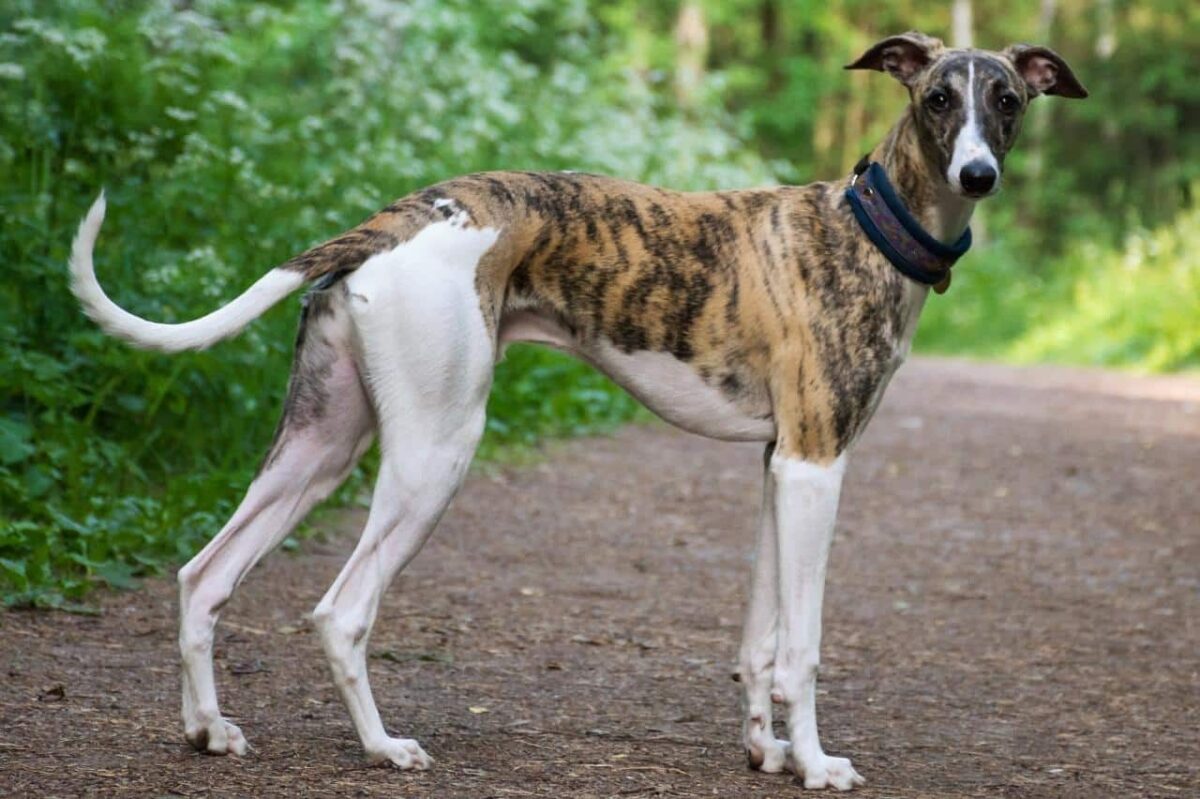 Shutterstock
Shutterstock
Sleek, elegant, and full of grace, the Greyhound has been a sculptor’s dream since ancient times. Egyptian, Roman, and medieval art is filled with statues and carvings of these refined hounds lounging beside nobles or chasing prey in heroic hunting scenes. Their elongated form and poised stance made them natural subjects for artists who wanted to capture movement and nobility in one figure. In Europe, especially, Greyhounds were seen as status symbols, often portrayed beside kings and queens. You’ll find them in castles, on tombstones, and in enough old paintings to warrant their own museum wing.
Akita
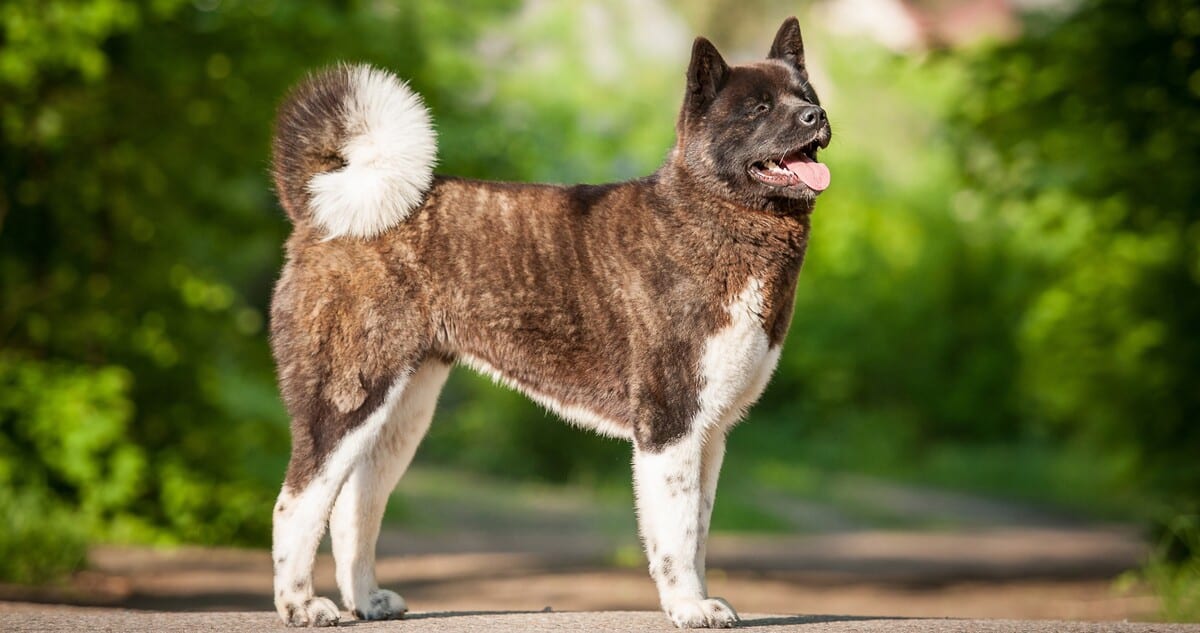 Shutterstock
Shutterstock
Japan doesn’t just love the Akita—they immortalize it. The most famous example is Hachiko, an Akita whose statue stands proudly outside Tokyo’s Shibuya Station, commemorating his decade-long wait for his deceased owner. But beyond Hachiko’s heartwarming loyalty, Akitas have appeared in numerous monuments across Japan, often representing courage, devotion, and strength. They’re viewed as protectors and bringers of good fortune, making them ideal candidates for artistic tribute. Honestly, if Akitas were any more iconic in Japan, they’d be on the currency.
Labrador Retriever
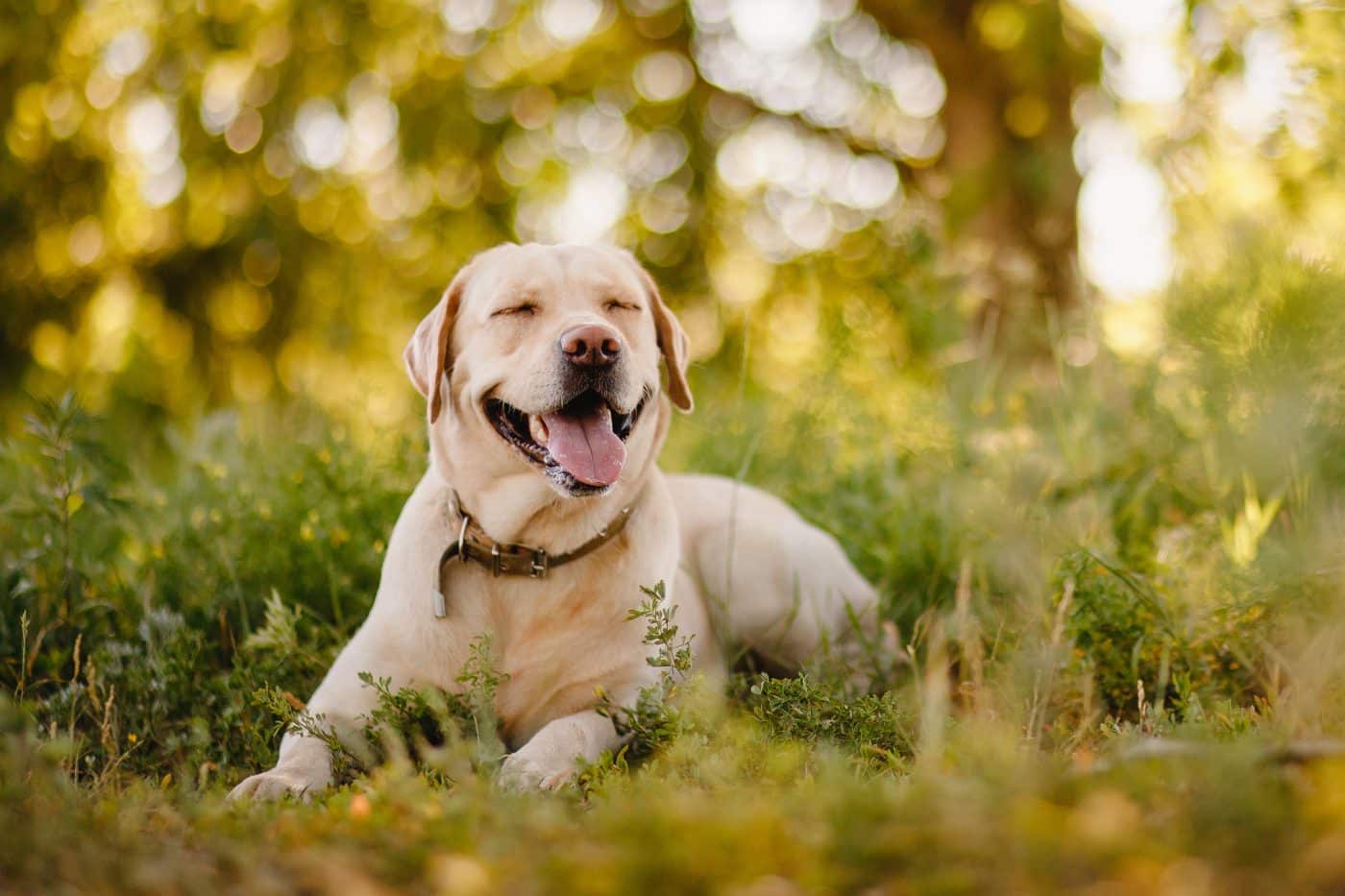 Shutterstock
Shutterstock
Labradors are known for their loyalty and service, and it’s no surprise they’ve inspired many statues worldwide. From guide dogs to military K9s, Labradors have played key roles in modern history—and the monuments reflect that. Whether it’s a bronze Lab honoring rescue efforts after 9/11 or a tribute to therapy dogs in hospitals, these statues showcase the Labrador’s unshakable bond with humans. They’re not just man’s best friend—they’re public art’s favorite good boy. If you see a statue of a dog with a kind face and wagging tail, odds are it’s a Lab.
German Shepherd
 Shutterstock
Shutterstock
German Shepherds are often portrayed in statues with a serious, noble expression—and for good reason. They’ve served in wars, law enforcement, and search-and-rescue operations, earning them memorials across continents. You’ll find them cast in bronze in military cemeteries, police precincts, and public parks, honoring their bravery and intelligence. These dogs don’t just look heroic—they are heroic. Their statues usually have plaques listing feats that would make any superhero jealous.
Poodle
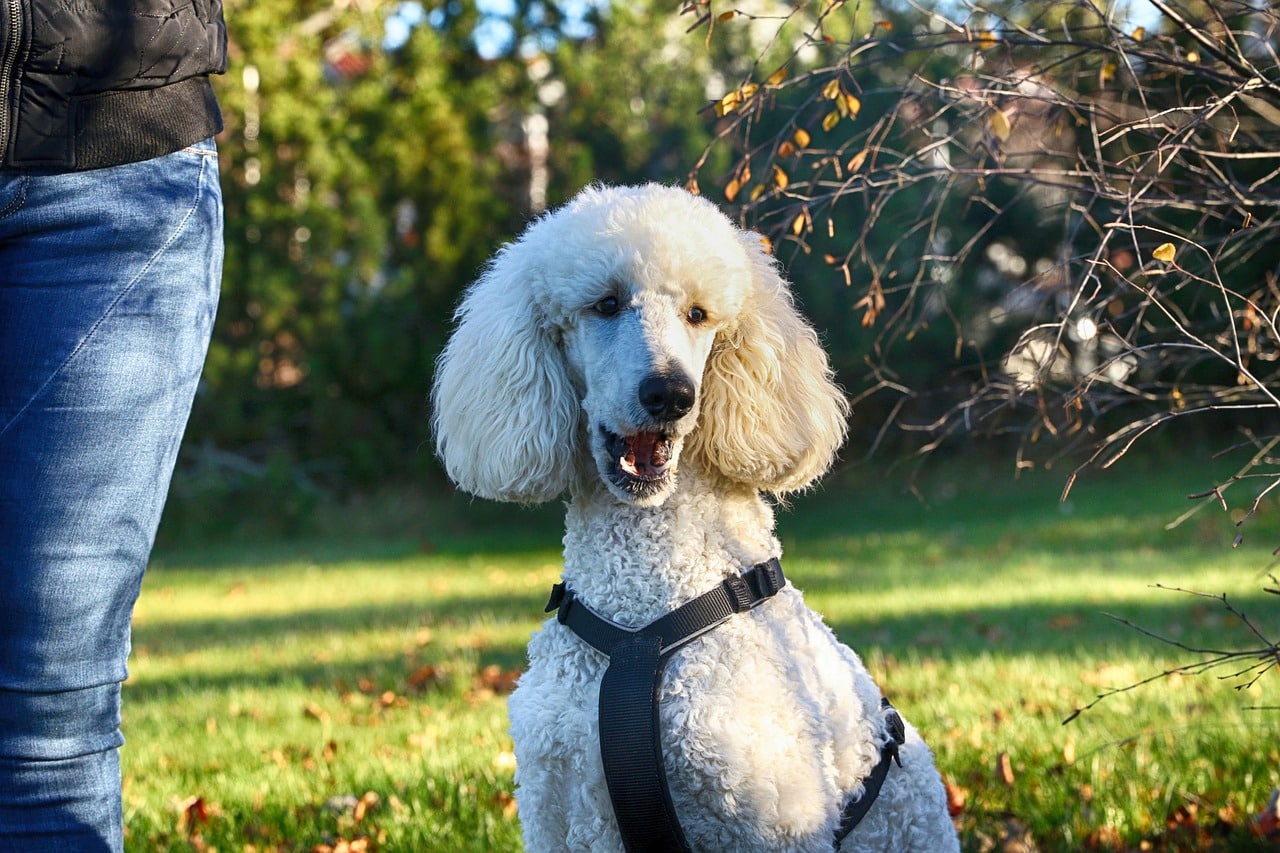 Shutterstock
Shutterstock
Believe it or not, Poodles—especially the standard size—have long been featured in European sculptures and decorative art. During the Baroque and Rococo periods, no royal courtyard or noble estate was complete without a stone or marble poodle peeking out of the garden. Symbolizing elegance, intelligence, and a bit of flair, Poodles were often carved into fountains or featured alongside cherubs (because obviously). These weren’t just frilly show dogs but fashion-forward icons worthy of a plinth.
Boxer
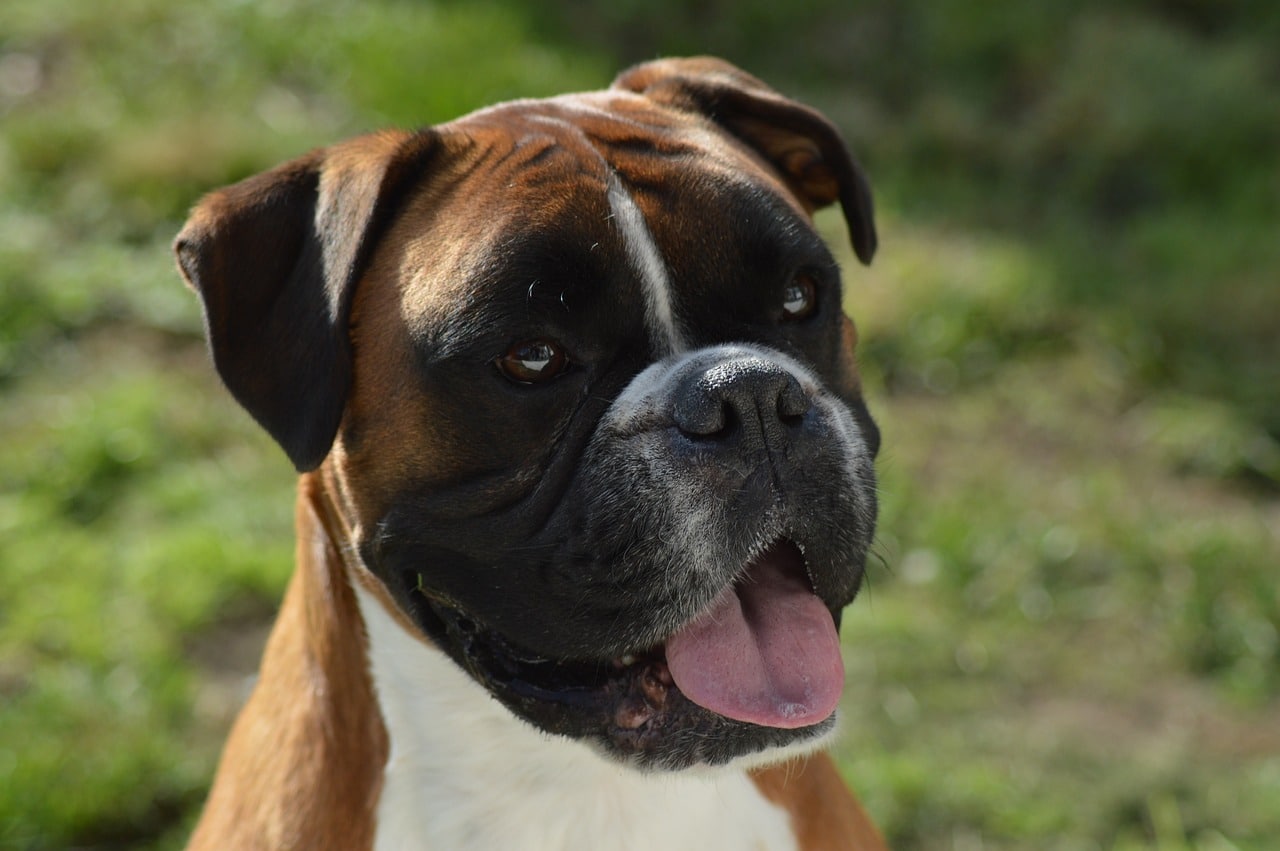 Shutterstock
Shutterstock
Boxers have long been the poster dogs for loyalty and strength wrapped in a goofy package, which is why they’ve found their way into numerous statues across Europe. In Germany and Eastern Europe, it’s common to see bronze Boxers in town squares or outside dog clubs, paying tribute to their history as loyal guardians and beloved companions. Their expressive faces make them perfect subjects for sculpture, capturing their protective instincts and soft hearts. Boxers in statue form usually look like they’re about to play fetch or offer life advice.
Newfoundland
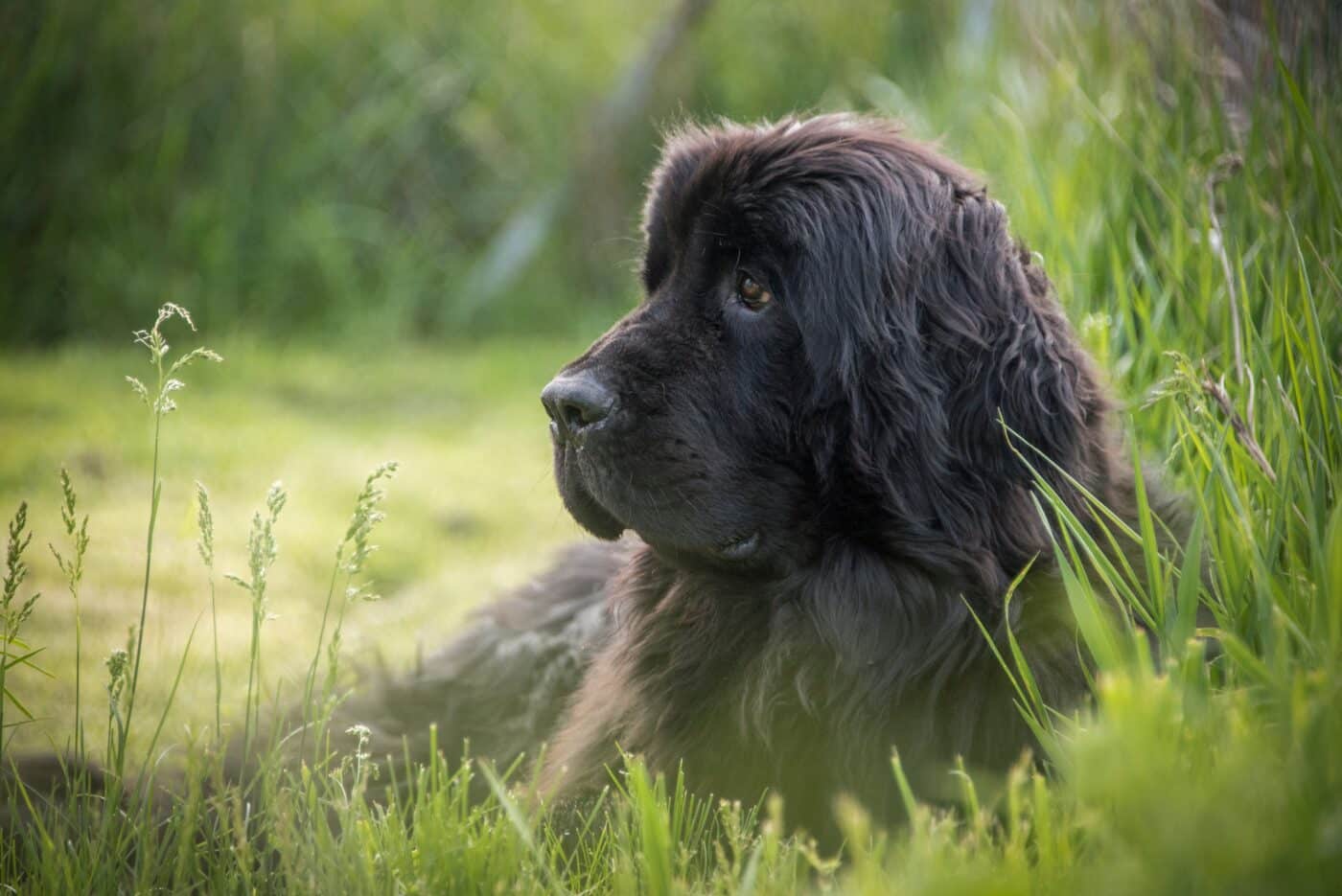 Shutterstock
Shutterstock
If there were a monument to water rescues, the Newfoundland would be front and center—probably holding a lifeboat in its mouth. With their heroic history of saving drowning sailors and hauling nets, Newfoundlands have inspired several statues in coastal towns and maritime museums. In England and Canada, these dogs have been honored for their bravery, including helping to save shipwreck victims. Their large, impressive build makes for majestic statues, and their stories are just as enormous.
Saint Bernard
 Shutterstock
Shutterstock
The Saint Bernard and the Alps go together like epic rescue stories and whiskey barrels (even if that barrel is mostly myth). These gentle giants are honored in statues across Switzerland, often pictured standing heroically in snow, sometimes alongside a rescued traveler. The most iconic monument is the Barry statue in Bern, which is dedicated to the legendary rescue dog that has been said to have saved more than 40 lives. Whether real or legend-boosted, Saint Bernards have earned every sculpted tribute they’ve received.
Scottish Terrier
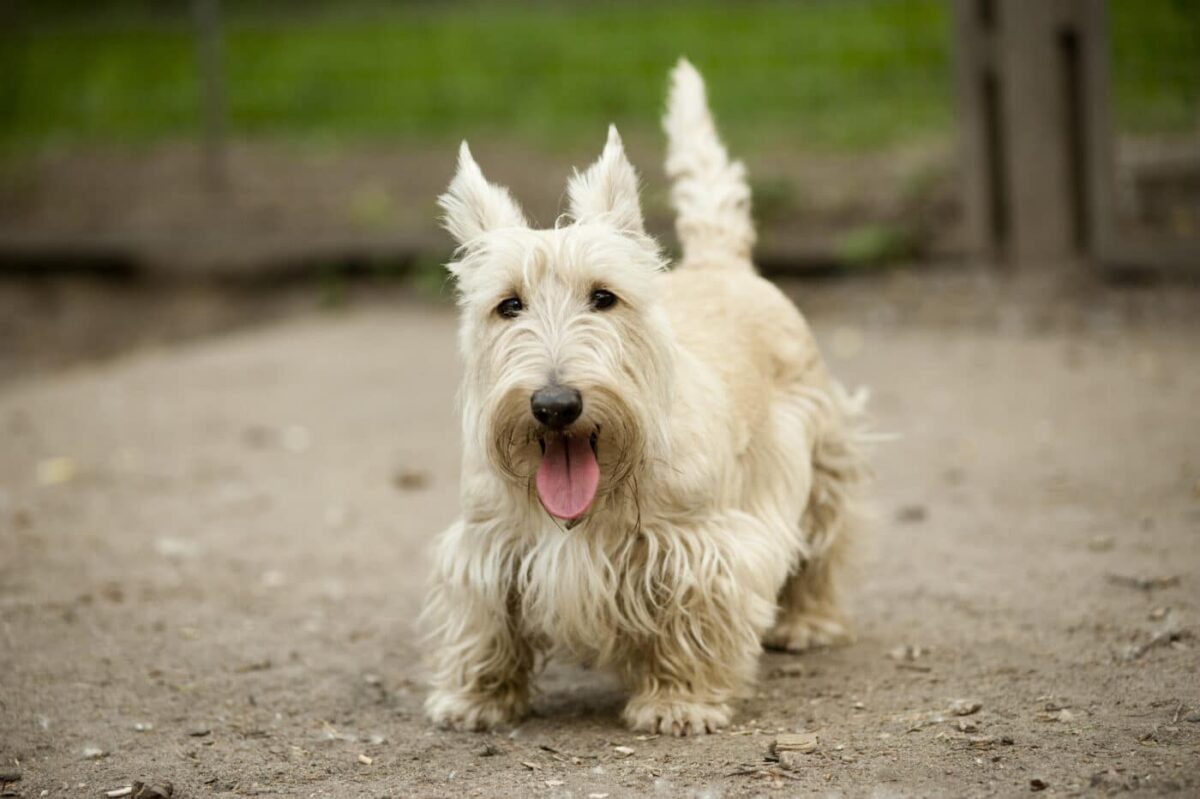 Shutterstock
Shutterstock
The Scottish Terrier has managed to sneak into more sculptures, monuments, and decorative stonework than you might expect—especially in the United Kingdom and the United States. Fala, President Franklin D. Roosevelt’s beloved Scottie, even has his own bronze statue beside his owner at the FDR Memorial in Washington, D.C. These small but bold dogs are often depicted with perked ears and determined expressions, symbolizing loyalty and fearlessness. They’re basically tiny, bearded legends in stone.
Saluki
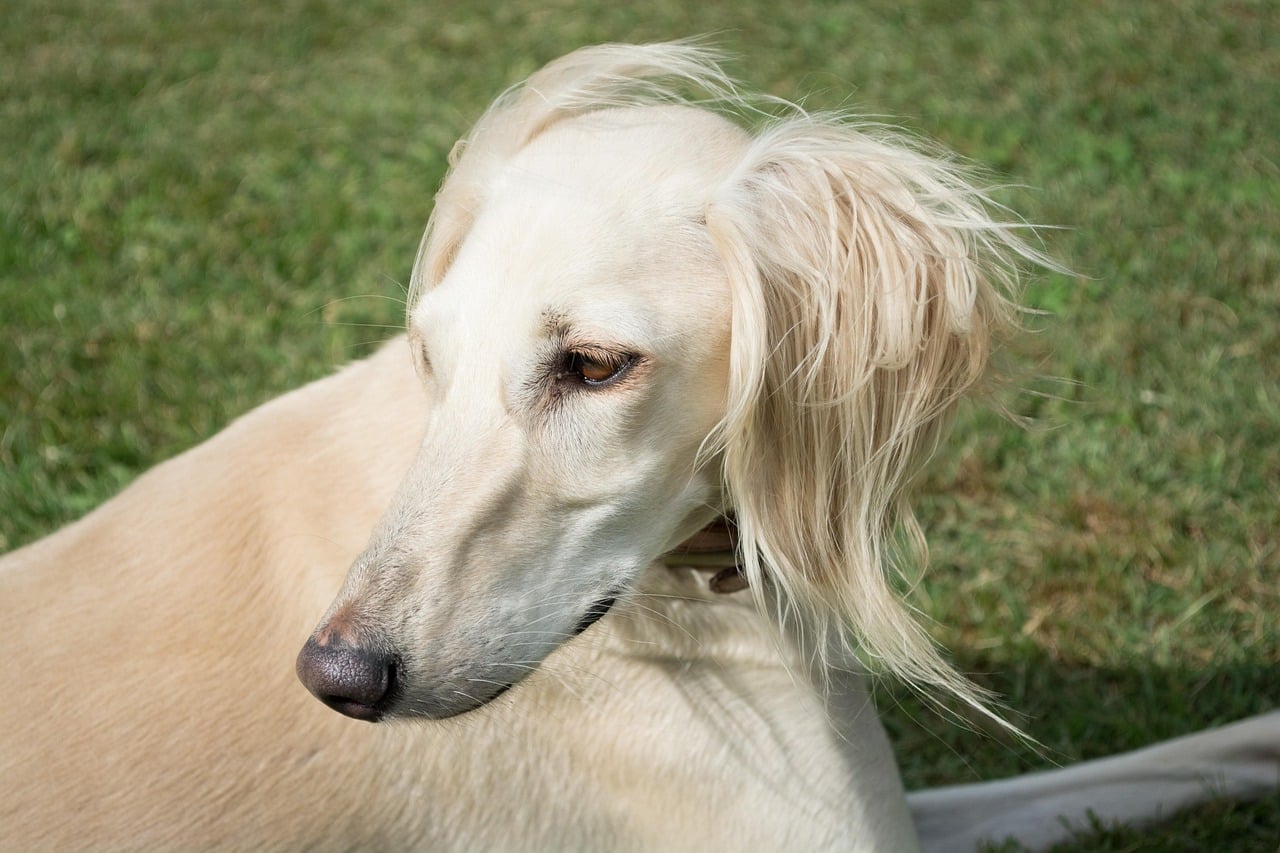 Shutterstock
Shutterstock
Known as the “Royal Dog of Egypt,” the Saluki has been immortalized in ancient tombs and sculptures for thousands of years. Their statues date back to the time of the Pharaohs, appearing in burial sites and ceremonial art. Their lean bodies, elegant necks, and alert posture made them ideal subjects for capturing divine grace in dog form. They were associated with nobility and often seen as sacred companions of the gods. Basically, Salukis were walking art long before anyone started chiseling.
Belgian Malinois
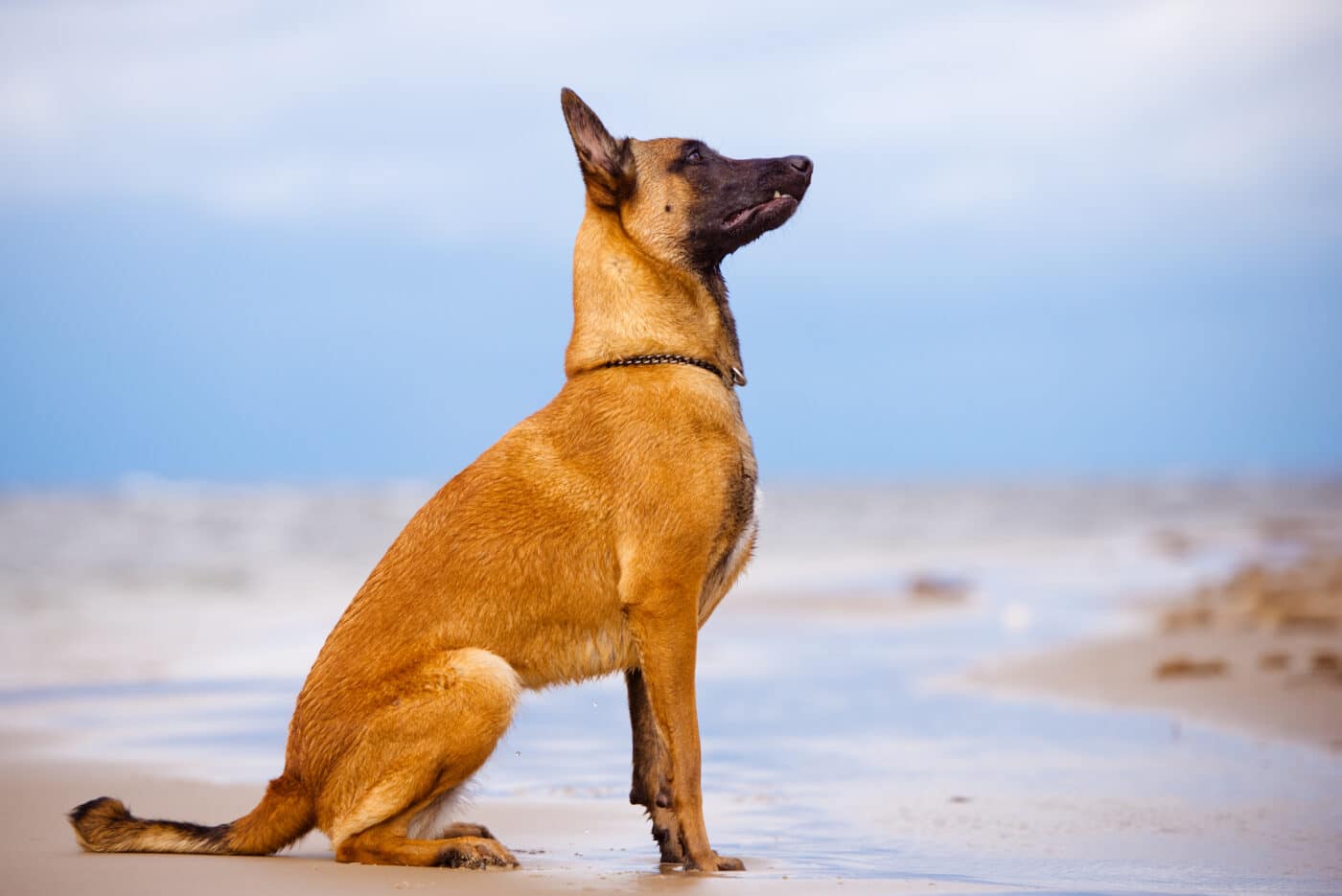 Shutterstock
Shutterstock
Modern war memorials have increasingly included Belgian Malinois as a tribute to their incredible service in the military and police. Known for their loyalty and sharp intelligence, they’ve been honored in sculptures across the U.S., particularly in K9 memorials. You’ll often find them depicted mid-stride or with their handlers, symbolizing the unity between humans and dogs on the battlefield. Their statues don’t need dramatic poses—they radiate purpose just standing still. Real heroes don’t always wear capes, sometimes they wear tactical vests.
Cocker Spaniel
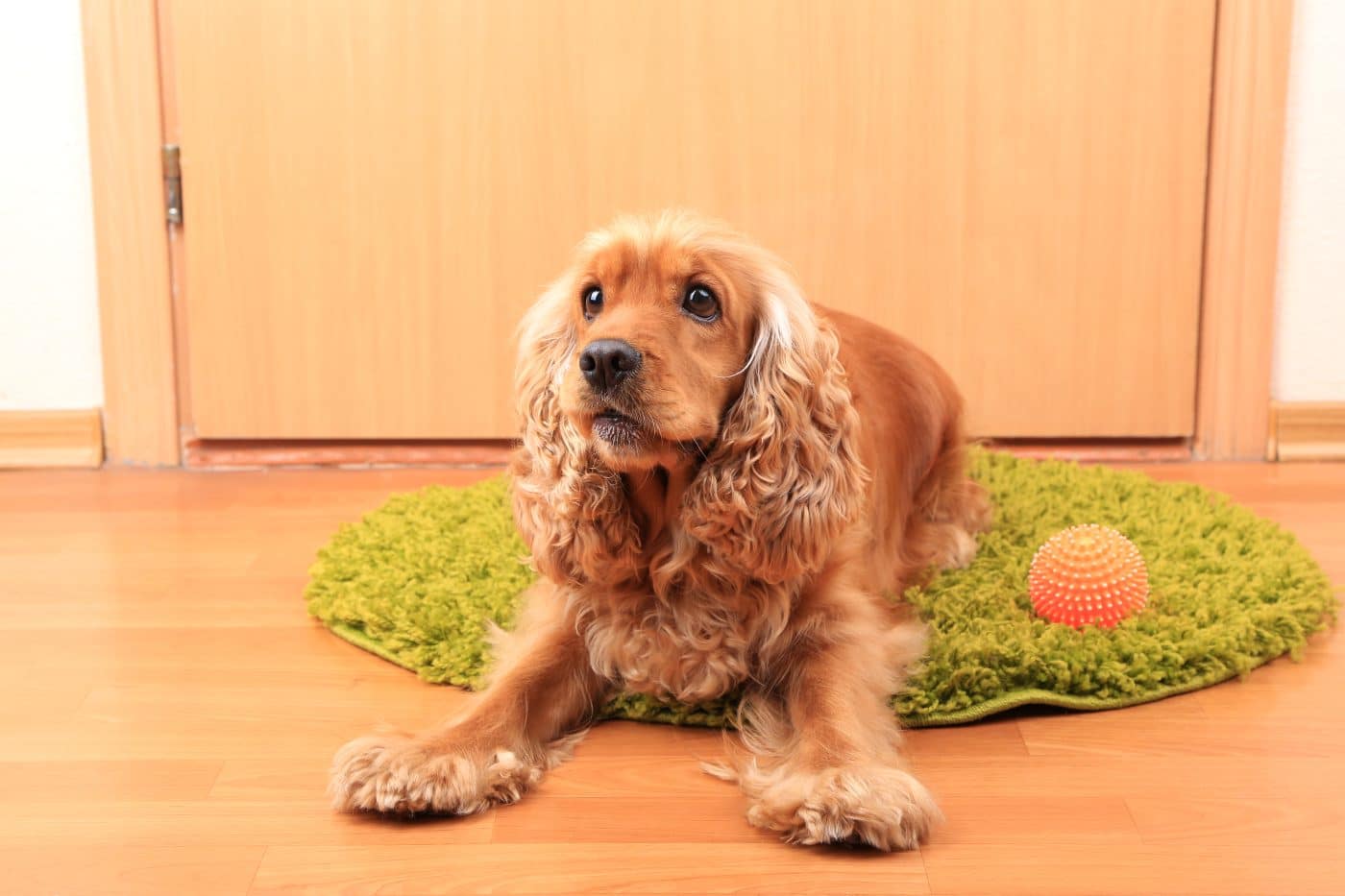 Shutterstock
Shutterstock
With their soulful eyes and silky ears, Cocker Spaniels have captured the hearts of more than just pet owners—they’ve also made their way into public sculptures and memorials. In the UK and the U.S., statues of Cockers have appeared in honor of their service as therapy dogs, loyal companions, and even mascots. They’re often portrayed sitting sweetly, staring up in a way that makes you question your life choices. Their statues don’t command attention—they gently guilt you into admiration.
Doberman Pinscher
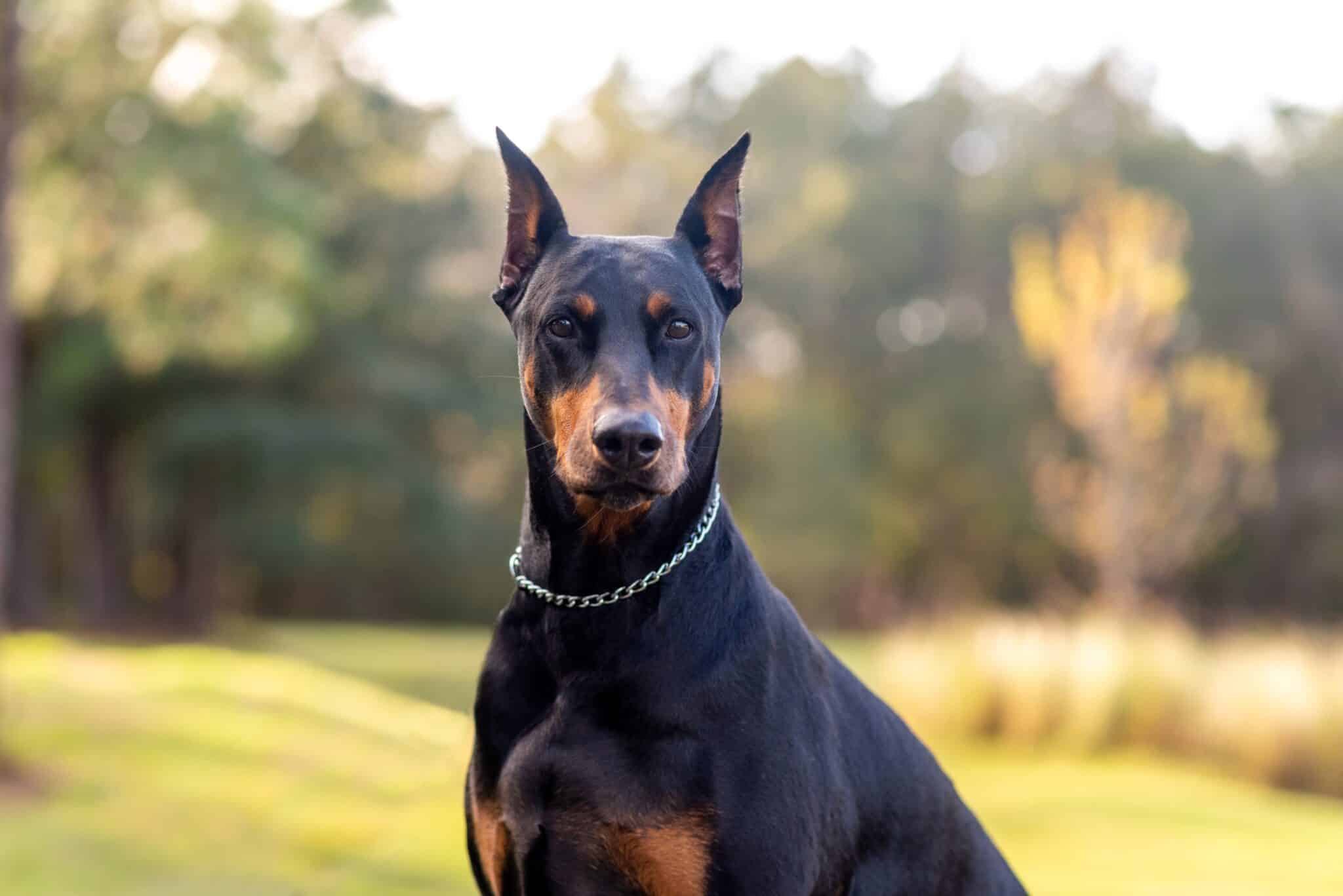 Shutterstock
Shutterstock
Fierce, loyal, and striking, Dobermans have long earned their place in military and police monuments. The most famous is the “Always Faithful” memorial in Guam, dedicated to the Dobermans who served as war dogs during World War II. The statue shows a Doberman standing tall and alert, honoring the bravery and sacrifice of these incredible canines. Whether guarding troops or sniffing out danger, Dobermans are heroes with bite—and a sculptor’s dream subject.
Someone, Please Dust These Noble Snouts
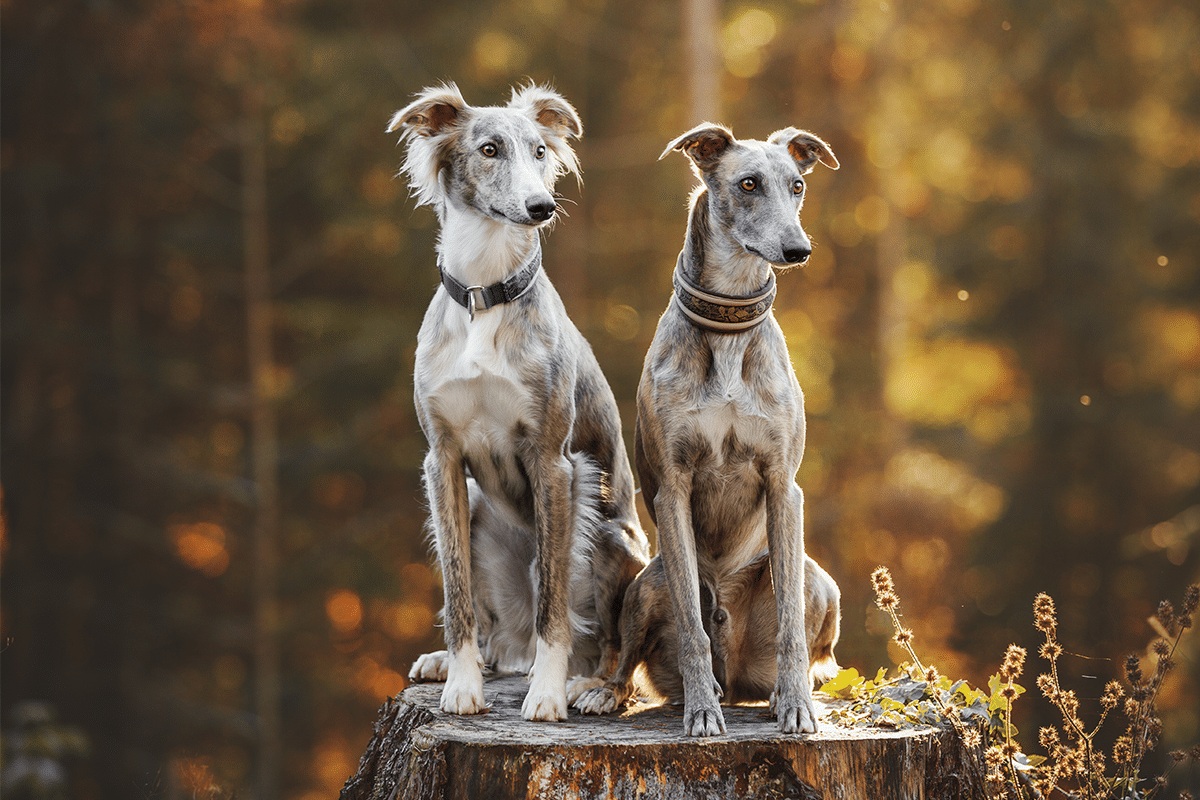 Shutterstock
Shutterstock
While some dogs fetch balls, these breeds fetch eternal glory in stone and bronze. Their courage, loyalty, beauty, or just plain iconic presence have earned them a permanent place in public memory—and on more pedestals than most humans ever dream of. So next time you see a dog statue in a square, garden, or temple, take a moment to salute it. Or better yet, let your dog bark at it proudly. After all, imitation is the sincerest form of flattery—even when it’s cast in bronze.
 Toledo, United States.
Toledo, United States.
